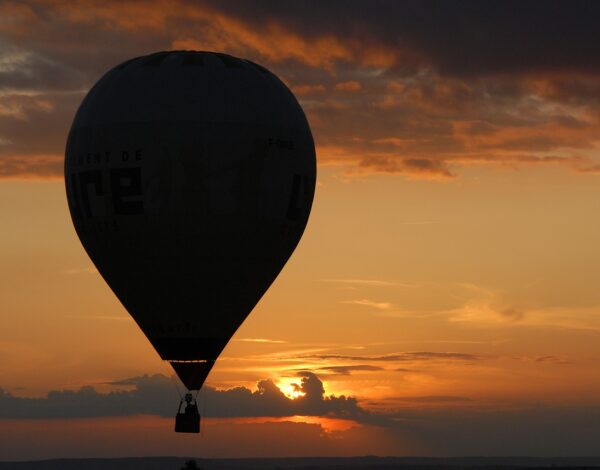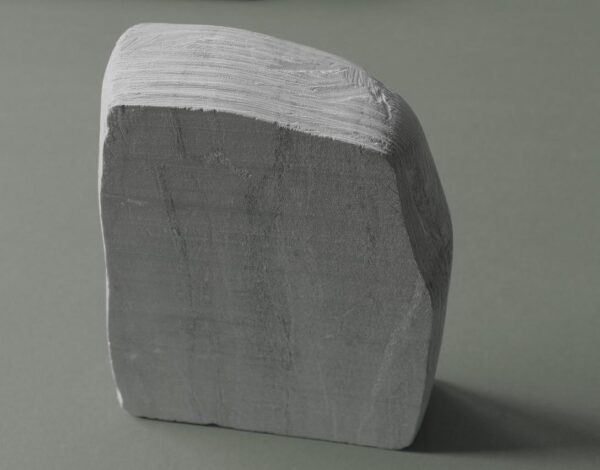

Dry Ice Blasting for Fire Damage Restoration and Paint Preparation
Dry ice blasting is one of the most innovating industrial cleaning methods of the day, and it can cover almost every base imaginable: coffee roaster and bakery cleaning, vehicle restoration and rust removal, sprucing up welding equipment, and more. The before and after photos are astounding, and a quick YouTube video of the process can lead you down an oddly satisfying rabbit hole of dry ice blasting that transforms just about anything from sooty to shiny.
Dry ice blasting for fire restoration and paint preparation are unique home improvement and industrial building applications that can save the face of various architectures. Lighthouses, ski lifts, private residences, and factories, can be redeemed from the devastation of both harsh weather and fire damage.
Fire Restoration for Lumber and Masonry Using Dry Ice
Fire damage can be devastating, but it does not always have to have the last word. Soot and smoke-stained lumber, masonry, and tile work can have a second life without being scrapped to a landfill. If the structure is still intact and safe enough to provide support, and damage is mostly cosmetic, dry ice blasting is the ideal solution. Due to the fragile nature of fire damage, dry ice cleaning is a smart method of fire restoration, as it is a dry application that won’t cause further damage or risk building materials getting moldy through power-washing or chemical-based washes. Water waste, even in landlocked states, can carry pollutants to streams and rivers, traveling all the way to the coastline. Dry ice blasting is considered a green method of cleaning! Any remnants of waste can be swept up and vacuumed.
Like the campfire smell on clothes after an evening under the stars, smoke leaves an unpleasant smell in the ceilings and walls of enflamed buildings. Through the subzero temperatures and properties of pressurized Co2 pellets, soot particles, including their smoky smell, are lifted, and dissolved off the surface.
Industrial and fires in factories and kitchen fires can damage conveyors belts, shelves, ovens, welding arms, and the like, which can be difficult to reach. Using the narrow nozzle, the dry ice blasting method offers greater accessibility and less tedious handiwork to revive fire damage in hard-to-reach areas. Often, fire restoration using a dry ice blasting cleaning method is a great primer for paint preparation if necessary.
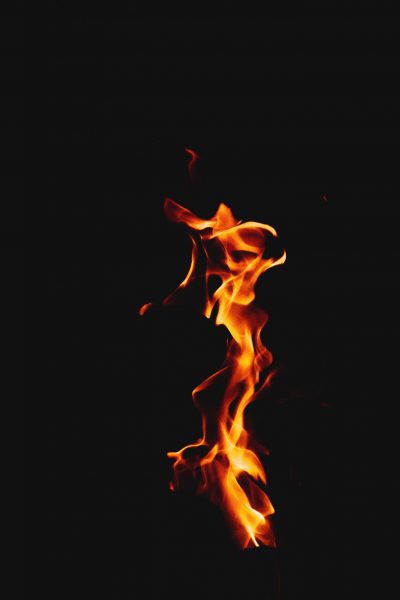
Paint Preparation Using Dry Ice
Ski lifts, gondolas, lighthouses, and similar structures are subject to harsh weather conditions, and repeated paint jobs conserve the structural integrity needed to function in their essential tasks. Oxidation wears down paint, exposing steel and wood, waning the structure’s strength. Typically, ski lifts need to be cleaned and repainted every three to five years, but with dry ice blasting may be able to extend cleans up to ten years or more. This process works so efficiently that it can blast entire lifts rather than forcing workers to climb heights to spot clean.
From brickwork to siding on houses and buildings, there are numerous paint preparation options out there. One popular method called the “peel away method” is extremely laborious. It includes painting an additional layer of plaster onto the surface needing paint removed, followed by a protective layer of paper over the plaster to help it dry for up to 24 hours. Only then can you begin to take a scalpel to chip away at layers of plaster and paint to reach the base by hand.
Preliminaries before dry ice blasting for paint removal aren’t required. Once it’s time for removal, a technician can put on their PPE, load up dry ice pellets into the blasting machine, point the hose at the intended area, and begin blasting away. It’s as easy as operating a leaf blower.
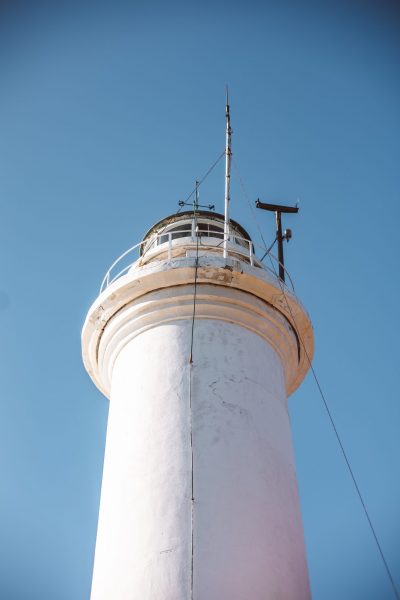
Lead Paint Removal Using Dry Ice
Lead paint was once used for its impeccable drying times, thickness, and durability. Prior to its ban in 1978, it was legal in the United States until studies began to show an increase of lead in the blood levels of children. Its toxicity has been known to cause psychological and neurological side effects.
Schools, hospitals, old homes, and commercial buildings are often eligible for lead paint removal. Scrapping lead paint requires a bit more caution since its chips are toxic when inhaled. The blasting process essentially remains the same, just requires greater levels of protective equipment to be worn, proper ventilation installed, and more strategic cleaning methods after the blast is complete to eliminate further contamination. On an important note, lead paint removal must be performed by an industrial hygienist, not the lay person.
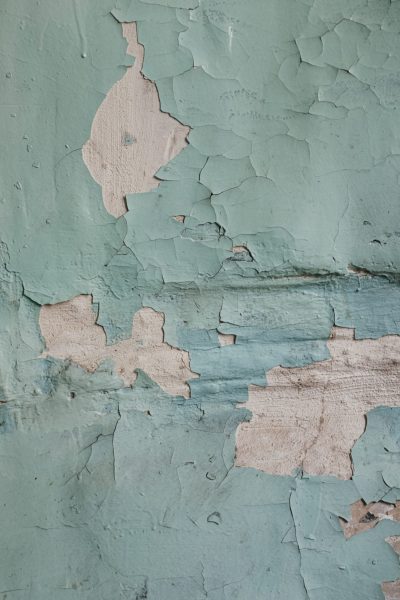
Dry Ice Suppliers in the Western United States
In line with Rocky Mountain Air Solutions’ dedication to providing our customers with flawless dependability, we are expanding our service capabilities in 2022 through a dry ice line that will support dry ice blasting and other applications. We will be able to service our ski resorts across the Rockies, as well as hospitals, homes, businesses, and schools in need of fire restoration and paint removal. Our hope is that you will be blown away by the speed and efficiency of dry ice blasting, not to mention its sustainability.
Contact your local branch today in any one of our five states (Colorado, Utah, Idaho, Wyoming, Nebraska) to learn more about partnering with RMA soon as we introduce our dry ice services. We look forward to serving you in this new application!


